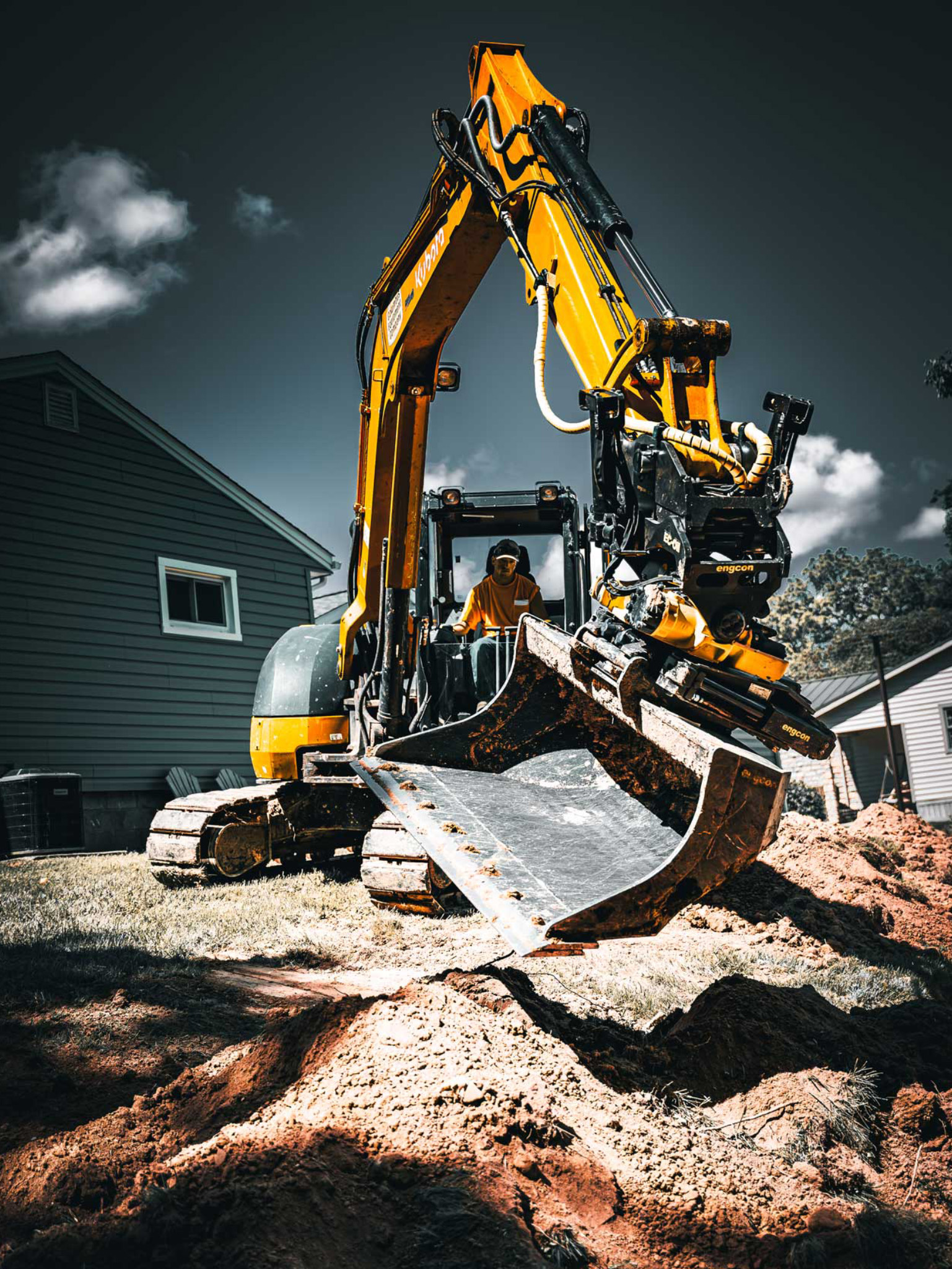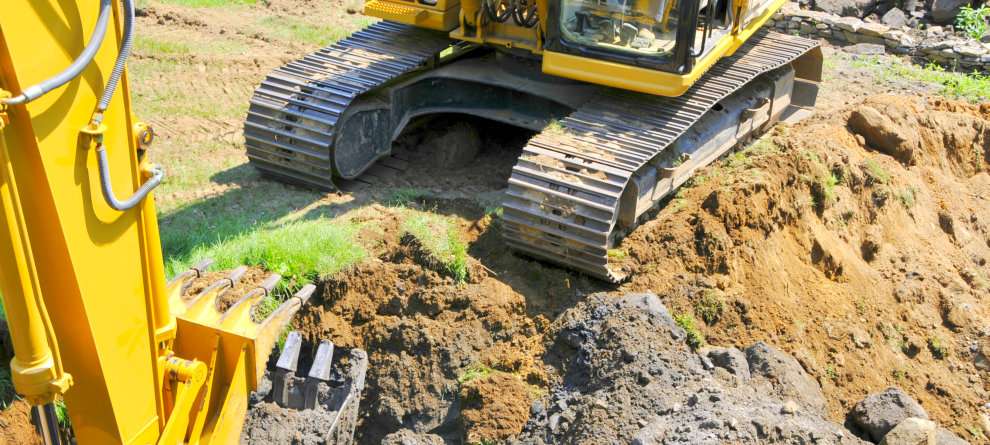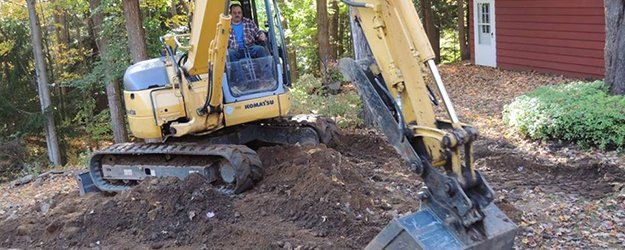Extensive Expedition: The Scientific Research Behind Superior Excavation Practices
The world of excavation techniques is a domain where science intertwines with craftsmanship to discover the secrets concealed under the planet's surface area. From ancient hand tools to modern hydraulic excavators, the advancement of excavation strategies has actually been a testimony to human resourcefulness and technological developments. What absolutely establishes premium excavation techniques apart is a deep understanding of geological concepts, paired with the application of sophisticated devices and methods. By checking out the science behind these methods, we can uncover the secrets that exist below our feet and value the accuracy and expertise that enter into every dig.
Evolution of Excavation Strategies
Throughout history, the evolution of excavation strategies has played an important role beforehand construction methods and historical explorations. From the simple tools made use of by our ancestors to the innovative machinery used in contemporary times, the development of excavation techniques has actually considerably changed exactly how we come close to different tasks.
In ancient times, manual work with fundamental devices such as pickaxes, shovels, and wheelbarrows was the key technique of excavation. This labor-intensive procedure limited the depth and extent of excavations, typically causing sluggish progression and restricted access to particular sites. As worlds progressed, so did the techniques and tools utilized for excavation.
The Industrial Transformation noted a turning point in excavation experiment the intro of steam-powered machinery. This advancement changed the field, allowing for faster and a lot more extensive excavations. In contemporary times, innovation plays an essential duty in excavation, with advancements like GPS systems, drones, and 3D scanning improving precision and effectiveness in the area. The advancement of excavation techniques remains to shape the way we build, check out, and comprehend the world around us.
Duty of Modern Technology in Excavation

The integration of cutting-edge modern technology has actually essentially revolutionized the area of excavation, boosting precision and efficiency to extraordinary levels. One of the vital technical developments that has actually substantially affected excavation practices is the application of GPS systems. These systems allow for specific mapping of excavation sites, enabling drivers to accurately situate underground energies and frameworks. Additionally, making use of telematics in excavation devices has actually allowed real-time surveillance of maker performance, causing proactive maintenance and enhanced functional efficiency.
In addition, the arrival of 3D modeling and simulation software program has streamlined the planning process for excavation tasks. Drivers and designers can currently imagine the entire excavation procedure prior to damaging ground, enhancing and determining possible obstacles workflow. Together with this, the application of drones in excavation activities has helped with aerial surveys, volumetric dimensions, and website examinations with unparalleled rate and precision.
Geological Principles in Excavation
An understanding of geological principles is vital for making sure the architectural stability and stability of excavation sites. Geological aspects play a critical duty in establishing the usefulness and safety of excavation tasks (lancaster trenching). One crucial geological principle to think about is the kind of soil or rock existing at the website. Various soil kinds, such as crushed rock, clay, or sand, have differing levels of stability and call for various excavation methods. Natural soils like clay might call for extra support to prevent collapses, while sandy dirts may be prone to disintegration throughout excavation.
Moreover, the geological structure of the location, including mistakes, fractures, and rock formations, must be thoroughly assessed to determine potential threats and difficulties. Digging deep into near fault lines or unstable rock formations can lead to instability and prospective hazards. By carrying out comprehensive geological studies and analysis, excavators and engineers can develop methods to minimize dangers and ensure the successful completion of excavation projects. Eventually, including geological principles into excavation techniques is crucial for achieving safe, efficient, and sustainable results.

Most Recent Devices for Excavation
In the realm of excavation methods, modern innovations in tools have revolutionized the performance and accuracy of excavation procedures. One of the most recent tools i was reading this making waves in the industry is making use of drones equipped with innovative imaging modern technology. These drones can supply in-depth aerial surveys of excavation sites, offering real-time information on topography and potential hazards. This info aids in far better preparation and decision-making during the excavation process.
One more cutting-edge device gaining appeal is the implementation of 3D printing modern technology for producing custom excavation tools. This permits the production of specialized devices that are customized to the particular requirements of a task, enhancing performance and decreasing downtime.
Furthermore, improvements in materials science have resulted in the development of more powerful and more sturdy excavation tools. lancaster excavation. Tungsten carbide-tipped excavator accessories, as an example, offer remarkable performance in difficult ground problems, boosting performance on-site
Science's Effect on Excavation Practices

In addition, advancements in products science have actually caused the development check this site out of stronger, extra sturdy excavation devices and equipment. For instance, the usage of composite products in miners and shovels has enhanced their efficiency and long life, inevitably boosting productivity on excavation websites. Additionally, scientific research study on soil auto mechanics and geotechnical engineering has given useful understandings into dirt behavior, enabling excavation specialists to make informed choices concerning excavation approaches and soil stablizing methods. In general, scientific research continues to drive innovation and renovation in excavation practices, making excavation tasks a lot more reliable, affordable, and lasting.
Verdict
Finally, the development of excavation techniques has been significantly affected by innovations in technology and a much deeper understanding of geological principles. The latest devices and tools utilized in excavation have boosted effectiveness and precision in the field. The application of clinical understanding has dramatically improved excavation practices, bring about a lot more effective and lasting methods for digging deep into various kinds of find more information materials.
In the world of excavation practices, contemporary technologies in devices have actually reinvented the effectiveness and precision of excavation processes. By leveraging clinical principles, the excavation market has been able to substantially enhance efficiency, precision, and safety in excavation procedures. GPR enables excavation teams to non-invasively check and map subsurface frameworks, utilities, and potential hazards, allowing them to prepare excavation projects with better accuracy and decreased risk of accidents.
Additionally, clinical research on dirt mechanics and geotechnical design has offered important understandings right into soil behavior, allowing excavation specialists to make educated decisions regarding excavation techniques and dirt stablizing methods. Overall, scientific research continues to drive innovation and renovation in excavation practices, making excavation tasks more reliable, economical, and lasting.